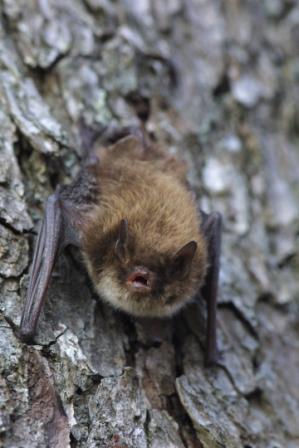
Going batty over bats? Although having bats in your attic probably won't directly cause structural damage to your home, the droppings, or guano, left behind by even a small colony, could result in unpleasant odors and an unsightly mess.
There is also the slight possibility that bats may pose a health risk related to the transmission of rabies. On the other hand, some people may just feel uncomfortable knowing that they are sharing their home with bats. Call it the "creepiness factor".
Since insect-eating bats can eat thousands of bugs in a single night (you'll appreciate them on a hot summer evening), one should take special care to deliver them safely back into the environment once removed from the home.
Here are some tips on removal and exclusion:
- Locate the access points that the bats are using to gain entry
- Install one-way exits to remove the bats
- Seal the entry points
- Clean-up
- Provide an alternate home for the bats
In general, bat exclusions should not be conducted from May through early August. Exclusions occurring during this time period may separate mothers from their young, leaving the pups to die of starvation. Frantic mothers, searching for an opening to reach their pups, may enter adjacent living spaces and be more difficult to deal with than what you started with. Also, by trapping the flightless young inside, you risk creating another problem involving the smell of dead animals.
See below for some recommended solutions to support your bat exclusion efforts. Or, if you prefer go shopping and use the following coupon code at checkout for any products !